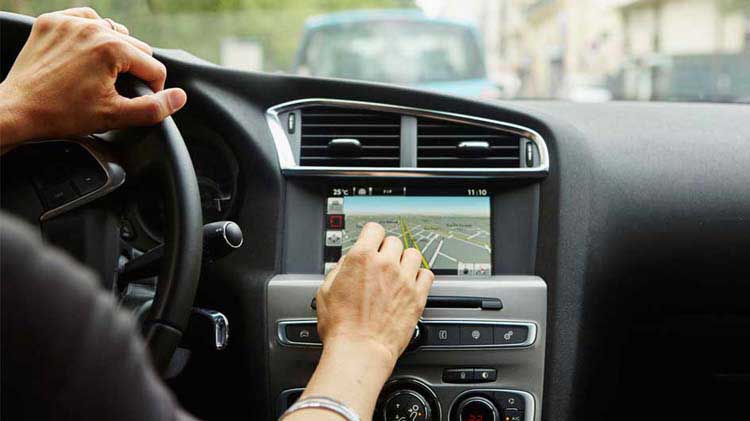Infotainment systems safety guide
What is an infotainment system?
Infotainment systems provide entertainment and informational content, including audio and video, in your vehicle. With features such as GPS, backup cameras, streaming music, Bluetooth connection and a personal concierge, auto infotainment systems have added a lot to the commute. Designed to make the drive easier, infotainment systems are also touted as safer to use, thanks to their hands-free and voice recognition capabilities.
How can infotainment systems be distracting?
"Hands-free"does not equal risk-free. According to the American Automobile Association, infotainment systems can distract drivers Some of those distractions may cause:
- Slower reaction time,
- Missed visual cues,
- Suppressed brain activity in the area used for safe driving, and
- Less visual scanning of the environment.
In driving simulations, these distractions caused rear-end collisions. On the road, more than 400,000 people were injured in 2018 in distracted driving crashes.
Guidelines to consider for a car infotainment system
If you have or are purchasing a car with an infotainment system, these guidelines can decrease distractions and increase safety.
- Consider ease of use. If you're purchasing a car, compare infotainment systems to find the safer options. After your purchase, practice using the infotainment system before you hit the road.
- Stick to short commands. Using an infotainment system can be as mentally demanding as solving a math problem. Therefore, stick to simple, passive activities. Having texts read to you is one example.
- Stay engaged in driving. Minimize all distractions, including those that can come from an infotainment system. Using the infotainment system only when you're parked somewhere safe is ideal.
Discover more ways to maintain your vehicle and stay safe while driving with our Simple Insights





